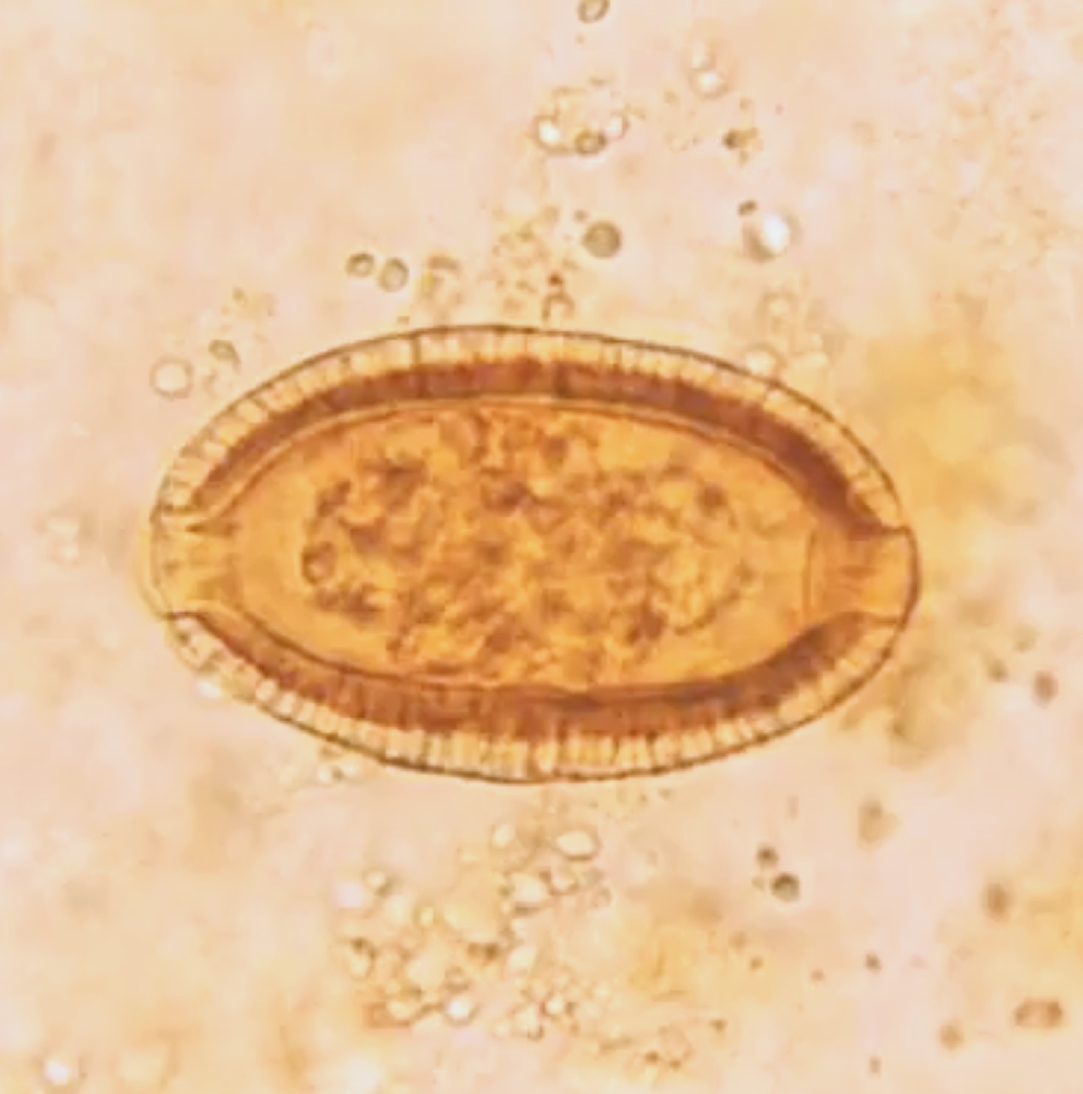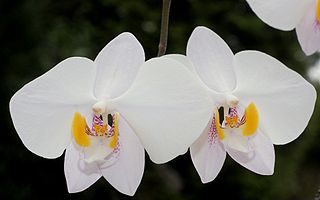
The members of the genus Rhinoceros are the one-horned rhinoceroses. The word "rhinoceros" is of Greek origin; ῥίς, "rhis" meaning "nose", and κέρας, "keras" meaning "horn". The genus contains two species, the Indian rhinoceros and the Javan rhinoceros. Although both members are endangered, the Javan Rhinoceros is one of the most endangered large mammals in the world with only 60 individuals surviving in Java (Indonesia). A fossil jawbone of an extinct species, Rhinoceros philippinensis, was found in the Philippines.

The Philippine cobra also called northern Philippine cobra, is a stocky, highly venomous species of spitting cobra native to the northern regions of the Philippines. The Philippine cobra is called ulupong in Tagalog, carasaen in Ilocano and agawason in Cebuano-Bisaya.

Nepenthes philippinensis is a tropical pitcher plant endemic to the Philippines. It is known from Palawan and the neighbouring Calamian Islands and Linapacan, where it grows at 0–600 metres (2,000 ft) above sea level.

Agathis philippinensis is a species of large Agathis tree native to the Philippines, Sulawesi and Halmahera, where it occurs in upland tropical rainforest at 450-2,200 m altitude, rarely as low as 250 m in northern Luzon.

The yellow-bellied whistler, or Philippine whistler, is a species of bird in the family Pachycephalidae that is endemic to the Philippines.
The Philippine tree squirrel is a species of rodent in the family Sciuridae which is endemic to the Philippines.

The large-eared horseshoe bat is a species of bat in the family Rhinolophidae. It is found in Australia, Indonesia, Malaysia, Papua New Guinea, and the Philippines.
Capillaria philippinensis is a parasitic nematode which causes intestinal capillariasis. This sometimes fatal disease was first discovered in Northern Luzon, Philippines in 1964. Cases have also been reported from China, Egypt, Indonesia, Iran, Japan, Korea, Lao PDR, Taiwan and Thailand. Cases diagnosed in Italy and Spain were believed to be acquired abroad, with one case possibly contracted in Colombia. The natural life cycle of C. philippinensis is believed to involve fish as intermediate hosts, and fish-eating birds as definitive hosts. Humans acquire C. philippinensis by eating small species of infested fish whole and raw.
Tectona philippinensis, also called Philippine teak, is a species of plant in the Lamiaceae family, formerly classified in the Verbenaceae. It is endemic to the Philippines. It is critically endangered due to logging for its valuable timber.

Amesiella philippinensis is a species of orchid endemic to the Island of Luzon in the Philippines.

Capillariasis is a disease in the group of helminthiasis diseases caused by the nematode Capillaria philippinensis.

Phalaenopsis philippinensis is an endemic species of orchid found from Luzon island in the Philippines.
Echinolittorina philippinensis, is a species of sea snail, a marine gastropod mollusk in the family Littorinidae, the winkles or periwinkles.
Commonly known as Philippine downy mildew, this disease is caused by the species Peronosclerospora philippinensis of the fungal-like protist class Oomycetes, which also has members such as water molds and Phytophthora infestans, which caused the potato blight that led to the Great Irish famine.
Perrottetia alpestris subsp. philippinensis is a subspecies of Perrottetia alpestris. It is a plant in the family Dipentodontaceae, sometimes classified in the family Celastraceae.

Sybra is a genus of beetles in the family Cerambycidae, containing the following species:

Sybra umbratica is a species of beetle in the family Cerambycidae. It was described by Pascoe in 1865.

Sybra ordinata is a species of beetle in the family Cerambycidae. It was described by Bates in 1873.
Sybra pascoei is a species of beetle in the family Cerambycidae. It was described by Lameere in 1893.
Rhinoceros philippinensis is a Pleistocene-aged species of rhinoceros endemic to the Philippine islands. Fossil remains have been found in modern day Metro Manila and Kalinga.













